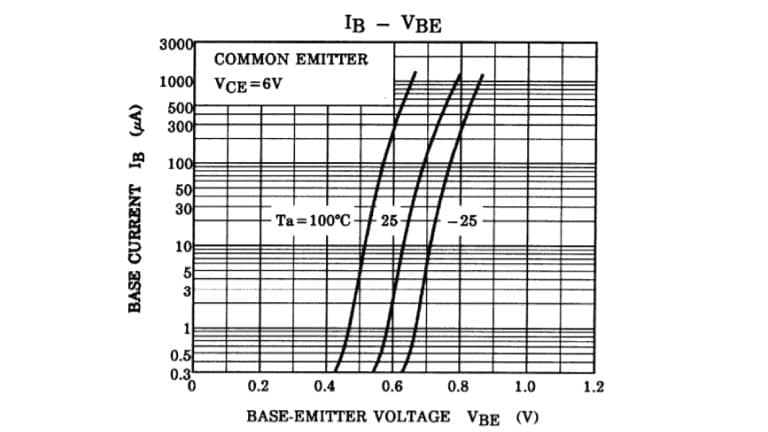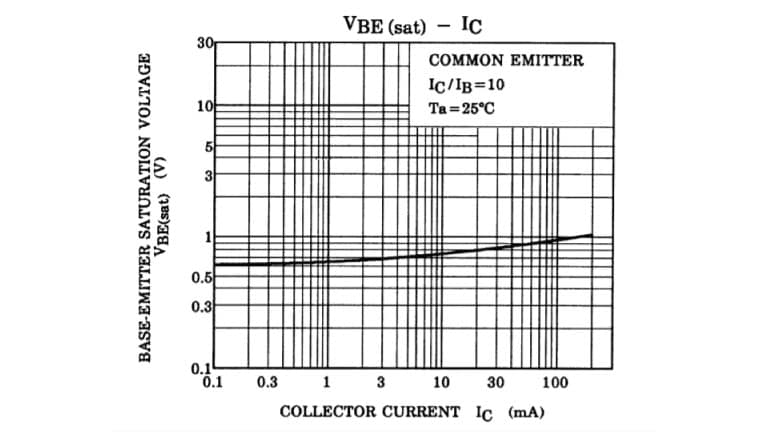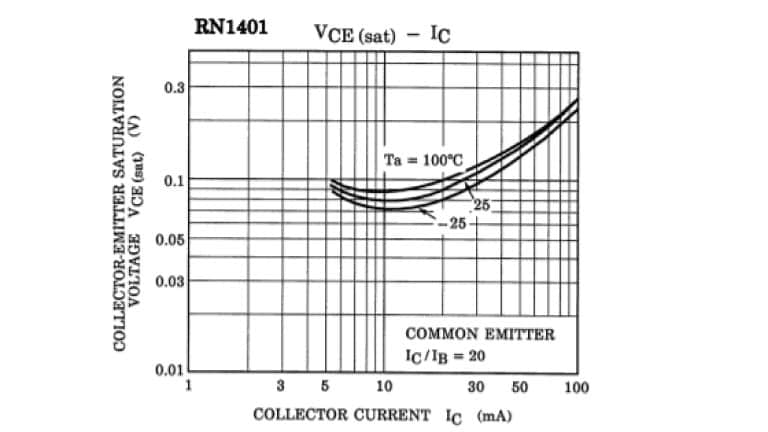- General Top
- SEMICONDUCTOR
- STORAGE
- COMPANY
-
My ToshibaSemicon
- Semiconductor Top
-
ApplicationsAutomotive
Body Electronics
xEV
In-Vehicle Infotainment
Advanced Driver-Assistance Systems (ADAS)
Chassis
IndustrialInfrastructure
BEMS/HEMS
Factory Automation
Commercial Equipment
Consumer/PersonalIoT Equipment
Healthcare
Wearable Device
Mobile
Computer Peripherals
-
ProductsAutomotive Devices
Discrete Semiconductor
Diodes
Transistors
Logic ICs
Analog Devices
Digital Devices
Wireless Devices
※
: Products list (parametric search)
Power SemiconductorsSiC Power Devices
※
: Products list (parametric search)
Isolators/Solid State RelaysPhotocouplers
Digital Isolators
Solid State Relays
Fiber Optic Transmitting Modules
※
: Products list (parametric search)
MOSFETsIGBTs/IEGTsBipolar Transistors※
: Products list (parametric search)
Diodes※
: Products list (parametric search)
MicrocontrollersMotor Driver ICsIntelligent Power ICs※
: Products list (parametric search)
Power Management ICsLinear ICs※
: Products list (parametric search)
General Purpose Logic ICsLinear Image SensorsOther Product ICsOther Product ICs
※
: Products list (parametric search)
-
Design & Development
-
Knowledge
- Where To Buy
- Part Number & Keyword Search
- Cross Reference Search
- Parametric Search
- Stock Check & Purchase
This webpage doesn't work with Internet Explorer. Please use the latest version of Google Chrome, Microsoft Edge, Mozilla Firefox or Safari.
require 3 characters or more. Search for multiple part numbers fromhere.
The information presented in this cross reference is based on TOSHIBA's selection criteria and should be treated as a suggestion only. Please carefully review the latest versions of all relevant information on the TOSHIBA products, including without limitation data sheets and validate all operating parameters of the TOSHIBA products to ensure that the suggested TOSHIBA products are truly compatible with your design and application.Please note that this cross reference is based on TOSHIBA's estimate of compatibility with other manufacturers' products, based on other manufacturers' published data, at the time the data was collected.TOSHIBA is not responsible for any incorrect or incomplete information. Information is subject to change at any time without notice.
require 3 characters or more.
How does a bias resistor built-in transistor (BRT) operate?
The following describes how a BRT operates when voltage (VI) is applied to the B terminal in the “off” state to turn on the BRT in the saturation region.
The VI voltage is gradually increased.
1. The internal transistor (Q) is off.
When VI is applied to the B terminal when Q is off, current flows only through the built-in bias resistors, R1 and R2.
Therefore, a voltage divided by R1 and R2 is applied to the base (b) of Q (Vb = R2 / ( R1 + R2 )).
2. Q turns on.
When Vb reaches roughly 0.5 V, base current (Ib) begins to flow, turning on Q, as indicated by the IB - VBE curve (Figure 2). This causes collector current, which is Ib times hFE, to flow. At this point in time, Q is still in the active region, not in the saturation region. Therefore, its hFE is 120 to 700, as is the case with the hFE of general-purpose transistors (such as the 2SC2712).
As VI further increases, Vbe increases, causing IC to increase exponentially as shown in Figure 2.
In practice, however, the base voltage (Vb) hardly increases with VI. VBE varies only between 0.6 V and 1.0 V at an ambient temperature of 25°C as shown in Figure 3. Therefore, the base voltage is often treated as being constant in a simplified calculation. Here, let’s assume that VBE = 0.7 V.
Ib is expressed as:
Ib = IB – IR2 = ( VI – Vbe ) / R1 – Vbe / R2
As Ib increases, the collector current (IC) increases proportionally.
Let the collector-emitter (C-E) voltage in the basic BRT circuit of Figure 1 be VCE. Then:
VCE = VCC – RL * IC
As IC increases further , VCE decreases, causing the BRT to enter the saturation region.
3. Q enters the saturation region.
As VCE decreases, the transistor (Q) enters the saturation region.
(There is no clear definition of the saturation region. Toshiba regards the region in which hFE ≤ 20 as the saturation region*.)
An increase in Ib causes IC to increase, causing a voltage drop across RL to increase and therefore VCE to approach the GND level.
That is, Q traces the IC – VCE curve (Figure 4) from #2 to #3. Eventually, VCE becomes nearly zero.
Figure 5 shows the VCE(sat) – IC curves of an actual BRT.
Let the collector-emitter voltage in the saturation region be VCE(sat). Then,
IC = ( VCC – VCE(sat) ) / RL = constant
As VI increases, IB increases, but IC remains almost constant. Therefore, hFE decreases as VI increases.
* The saturation region is sometimes defined as a region where the sign of VBC is opposite to that in the active region.
-operate_1_en.jpg)



